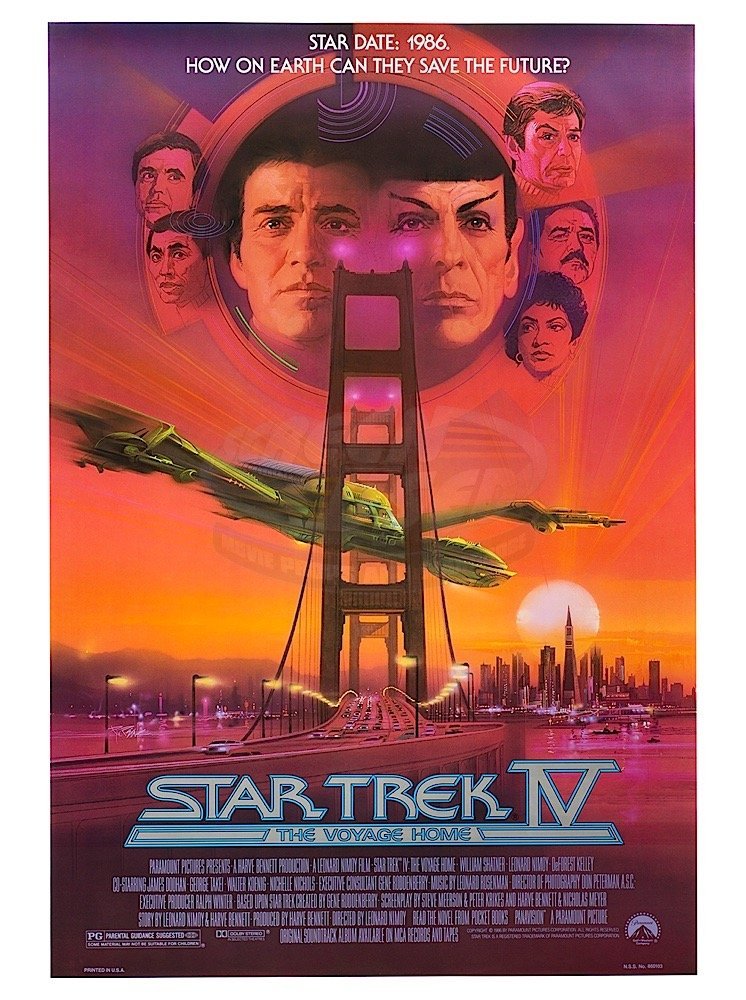
The fourth film in the Star Trek movie series concluded a tightly knit trilogy of stories, continuity-wise. Though The Voyage Home does diverge in tone and content to the previous two films, it nonetheless picks up right after the climax of The Search for Spock – with our crew still on Vulcan, manning a Klingon Bird of Prey rather than the Enterprise (which was destroyed at the end of the third movie). It gave the films a strong sense of progression that – from what I remember, at least – it was unable to pull off again, even in the JJ Abrams-led reboot series.

Following an opening sequence that gets us up to speed with the fallout of Kirk and crew’s actions in The Search for Spock (stealing and destroying the Enterprise, for starters), as well as cleverly recapping those events as a jumping on point and quick refresher. In the days before DVDs and digital downloads (albeit with VHS releases – though there was still a significant delay between theatrical release and home video, which not much of a market for movie ownership – generally it would have been a rental) it’s entirely feasible that audiences wouldn’t have seen The Search for Spock much in the two year gap between III and IV, so this was necessary – and one that’s handled well in the context of the story, with a Klingon Ambassador calling for severe justice for Kirk’s actions – listing his crimes, accompanied by scenes from the previous film, in the process.

Meanwhile, a cylindrical alien probe of unknown origin is heading for Earth, causing power loss in everything it passes. As it causes extreme catastrophe on Earth, Starfleet send out a distress call warning all vessels to stay away from our planet – Kirk and crew, en route to face trial, decipher the cylinder’s message as being one intended to be responded to by humpback whales. As the humpbacks are extinct by the events of the movie – set in the 23rd century – and their response seen as the only way to safely deal with the probe, our heroes quickly hatch a plan to travel back to a time period in which the creatures still exist. Thus, they find themselves in 1986 – and set about finding a humpback to return to the future with.

It’s a fairly daft setup – but despite this, it really works. It’s initially played with a relatively serious tone – but once we’re back in 1986, it’s played for laughs, but never falls into spoof or parody territory; there are still real threats, along with the serious ecological message at the heart of the story too. The cast all seem to be having an absolute blast; there’s a lightness of tone to Leonard Nimoy’s direction here that is completely infectious. The time travel aspect of the plot is quickly brought up and then enacted at a swift pace, with little time to worry about the logic of the situation.

What’s especially great is that – perhaps due to the absence of a traditional antagonist – we spend a lot of time with most of the crew, all of whom seem to get their chance to shine. Though we still spend a lot of the movie with Kirk and Spock (who, character-wise, is still recovering from the events of the previous two films), we also get some fantastic comedic moments with everyone else. Chekov is a standout and has the most fondly-remembered moments – raising suspicion from the authorities after wandering around San Francisco in the mid-80s, a less than ideal time for US-Russian relations, asking where he can find the nuclear ‘wessels’ – but it’s a joy to see the entire crew out of their element and in completely unfamiliar territory. Sulu and Uhura do feel a little underutilised, but we do still get to see them in similar fish-out-of-water situations with the rest of the team.

There’s a new face here too – in the form of Dr Gillian Taylor, the cetologist who has developed a bond with two whales being kept in an aquarium. Played by Catherine Hicks, she has excellent chemistry with William Shatner, with whom much of her screen time is shared. Interestingly, while in development this role was written for none other than Eddie Murphy, who wanted to be involved in the film. However, Murphy apparently disliked the part that was written for him – and instead opted to make The Golden Child. It’s odd to think now that we came so close to having a Star Trek film prominently featuring Eddie Murphy, but given the tone of the finished film, I don’t think it would have been as jarring (eventually, at least) as we may have thought at the time. That said, the way that the role plays out in the film, with Shatner and Hicks, is definitely a lot more understated – yet still amusing – than it likely would have been with Murphy’s involvement (not to mention the light romantic undertones that would have been absent too).
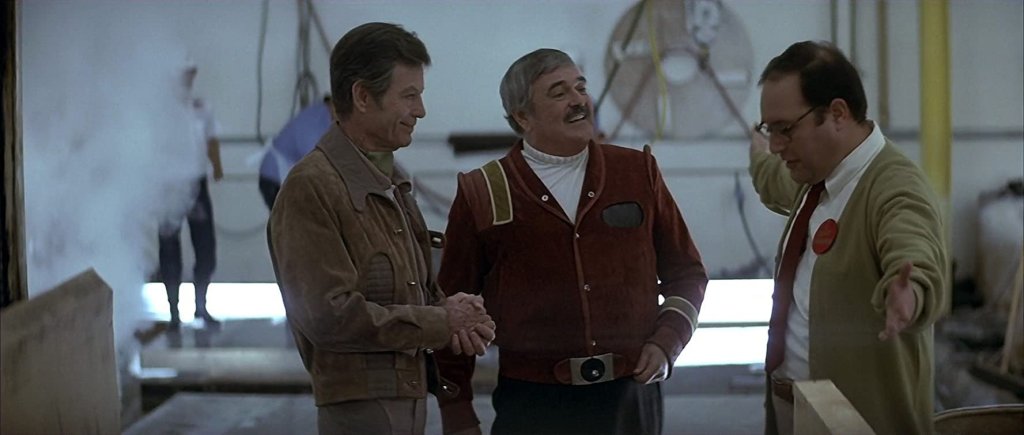
For the first time, however, the score – for the majority of the film – is almost completely unmemorable, and in some cases cringingly bad. There’s some incredibly 80s musical cues, which date the film a lot more than the orchestral themes found in other Star Trek movies; that said, where a more traditional soundtrack is used – in the opening titles, for example – it retains and reinforces the more lighthearted and adventurous feel to the proceedings.
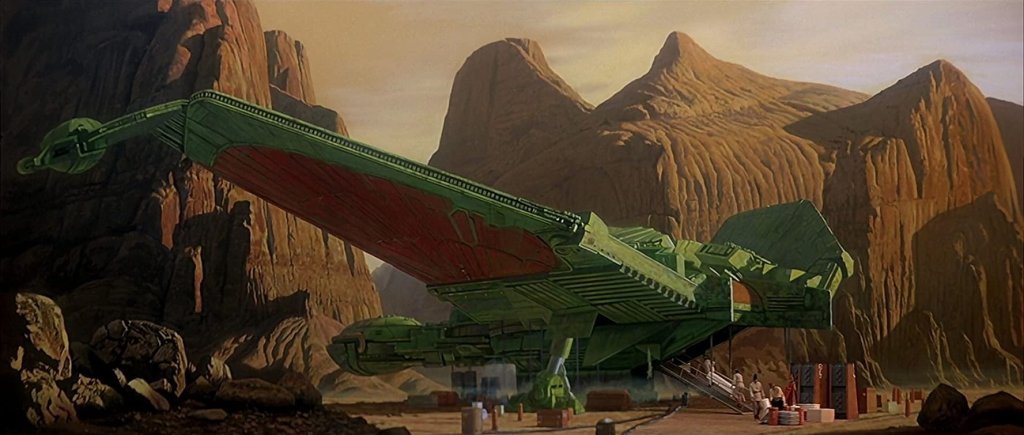
Effects-wise, it’s very strong in general, with lots of great practical work that still holds up well today – though the matte painting of the Klingon Bird of Prey at the beginning is very obviously fake (and used more than once, in two very similar shots). The alien probe is a poor design too, with it just looking boringly cylindrical, aside from the shaft of light and globe at the fore of the ‘craft’.
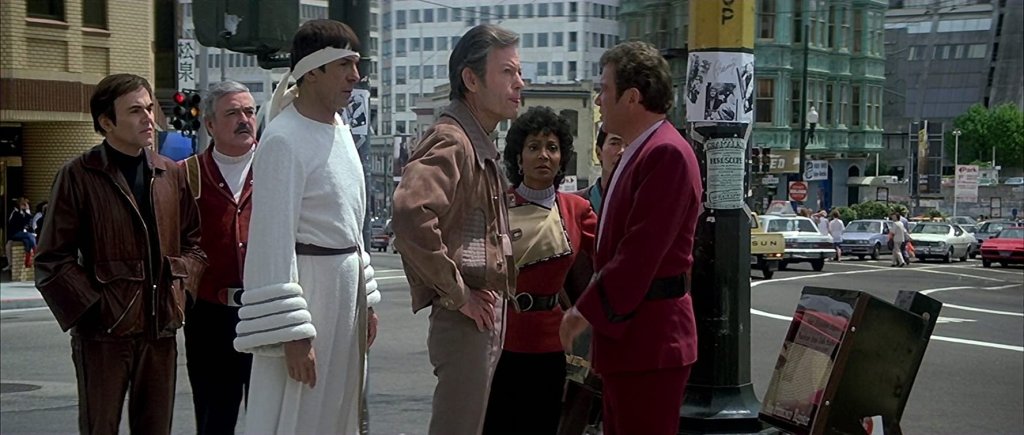
Aside from the first film in the series, The Voyage Home was the most expensive of the first four movies to produce – not just because of the fact that much of the film was shot on location (which is refreshing to see after the very artificial, studio-bound feel of The Search for Spock in particular), but also due to the rising salary demands of the cast. William Shatner had refused to return unless his salary demands were met – for a time, a movie was being developed that would have seen it proceed without his involvement. What’s even more fascinating about this situation is that it led the studio in charge of the movie series – Paramount – to develop Star Trek: The Next Generation, with the idea that it would be more profitable to use a cast of unknowns in a cheaper, more regular format than paying more familiar actors for larger, more financially risky single projects.

In any case, Star Trek IV: The Voyage Home – despite the shift to an overtly comedic tone and a very different setting to the other films (with little in the way of a traditional antagonist – perhaps aside from the brief conflict with the whaling vessel at the climax) is an entertaining and worthy entry in the saga. It brings the trilogy of II-III-IV to a satisfying close and even gives us a return to a status quo of sorts, with Kirk being demoted to Captain and an entirely new Enterprise for the crew to travel in.
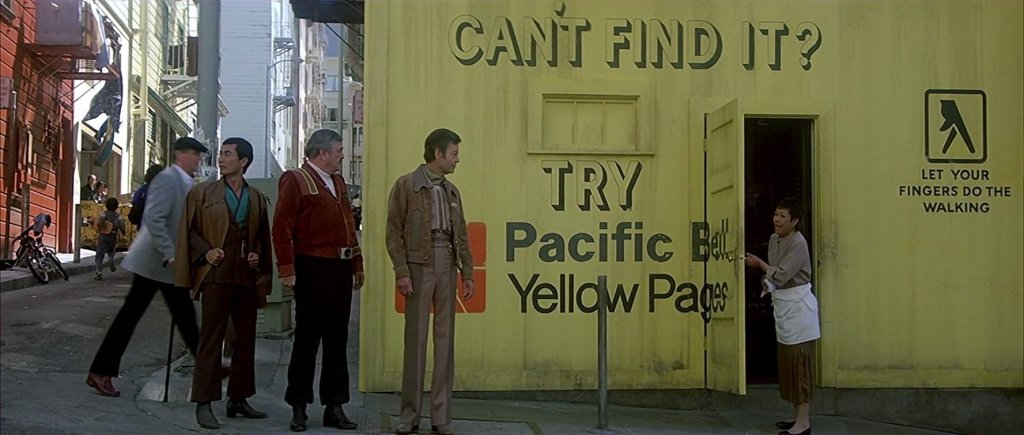
Hindsight and general knowledge of the series means that many of us know what happened next with the series, but I’ll go into detail on the next movie – 1989’s William Shatner-directed Star Trek V: The Final Frontier – in another review. I look forward to sharing those thoughts as soon as I can.
BONUS: Can we just take a minute to appreciate the awfulness of this alternate poster? The Star Trek element was downplayed in some international markets, resulting in this incredibly 80s screwball comedy-esque horror:

Enjoyed what you’ve read? Want to support my blog? There’s no pressure of course, but every penny helps to keep this site running, as I earn no income from my writing here (though I may earn small fees from affiliate links posted on my pages).
However, I’d be truly grateful for any support that you could offer – and it’s easy to do so at either of these links: Ko-Fi.com/geekmid or PayPal.
Any donations are truly appreciated – and I also appreciate you taking the time to read my articles. Thank you so much!

Help support me here!
All donations are gratefully received and will help me keep the lights on here – as well as help to keep my writing dream alive! Please be aware though: there’s no pressure. I just hope you’ve enjoyed reading my article!
£1.00

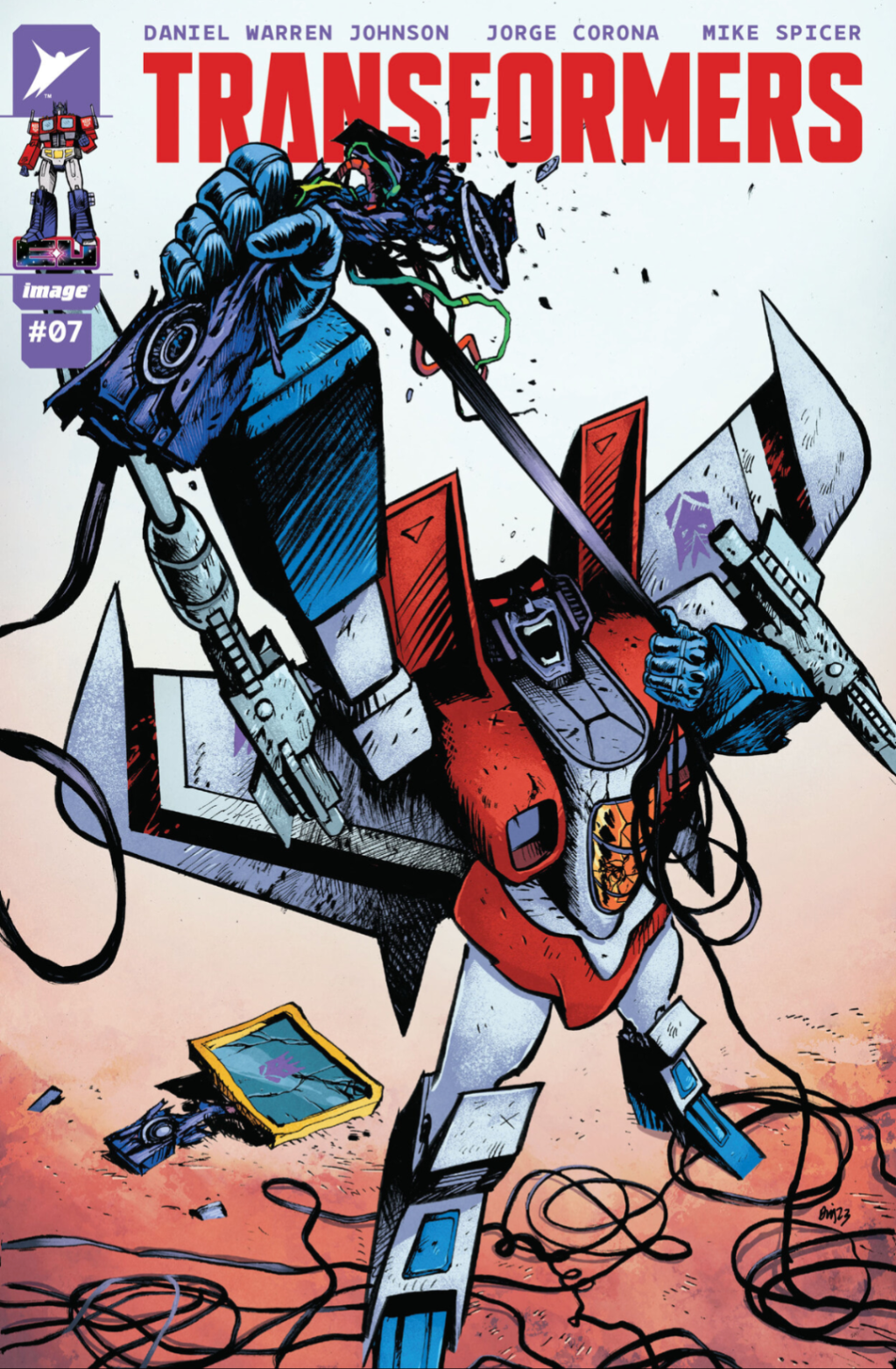



Leave a comment